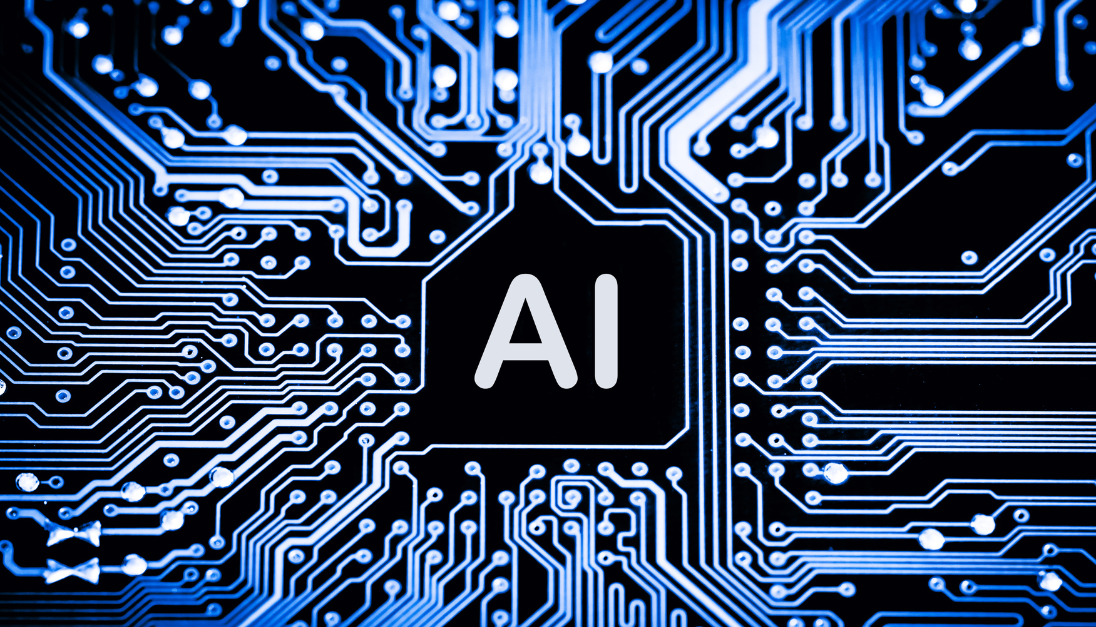In today’s data-rich environment, the ability to efficiently discover and analyze documents is central to business intelligence, legal compliance, and research. Traditional search systems—often rule-based and keyword-driven—struggle to interpret the nuanced intent behind queries or adapt dynamically to complex goals. Enter agentic, multimodal architectures: systems that combine autonomous agents with the ability to process diverse data types (text, image, tables, etc.) to enable intelligent, outcome-driven document discovery. These architectures are redefining how organizations sift through massive volumes of unstructured data to extract meaningful, actionable insights.
At the heart of an agentic architecture is the concept of autonomous decision-making. Unlike static systems, agentic models use AI agents that plan, reason, and adjust their behavior based on evolving objectives and new information. In document discovery, this means the system can interpret a high-level goal (e.g., “identify compliance risks”) and autonomously navigate, retrieve, and synthesize information from scattered documents, adapting as it goes. This not only increases efficiency but also minimizes human error and bias, making the discovery process more reliable.
The multimodal component enhances this capability by enabling the system to interpret and correlate data across various formats. Documents today often include embedded images, charts, scanned text, and handwritten annotations. A multimodal system can “understand” each of these modalities in context, enabling deeper analysis and more accurate insights. For instance, a compliance audit might require correlating textual policy documents with annotated PDF forms and invoice images—a task that only a truly multimodal system can handle coherently.
Together, agentic reasoning and multimodal understanding enable defined outcomes to be more than just vague goals. These architectures can align the document discovery process with specific, measurable objectives—such as reducing legal discovery time by 40%, or flagging documents that breach predefined ethical guidelines. By understanding both the content and the context, the system doesn’t just find documents; it interprets relevance, draws connections, and presents findings aligned with the desired business or legal outcome.
The other critical portion of a solid Agentic AI architecture is solid Data Governance. Data governance provides the foundational framework for ensuring data quality, integrity, security, and compliance—core pillars that directly influence the reliability and ethical viability of intelligent systems. In Agentic AI, where systems act autonomously based on complex data inputs, the risks of bias, misinformation, and unintended behaviors are significantly amplified if data governance is lacking. A well-structured governance strategy ensures traceability, accountability, and alignment with organizational objectives and regulatory standards, enabling AI agents to operate with transparency and trust. Without it, organizations risk not only suboptimal AI performance but also potentially reputational, legal, and operational damage.
Proper Data Governance will lead to viewing data as not a discrete asset but a product. Data Products tend to be subject/business area specific and:
- Have clear ownership
- Have Governed Data quality rules
- Provide End to End Data Lineage
- Provide Robust documentation
- Facilitate a roadmap for evolution
Ultimately, the adoption of agentic, multimodal architectures with good Data Governance for document discovery signals a shift from passive retrieval to active intelligence. Organizations can now unlock the full value of their document repositories, ensuring faster decisions, deeper insights, and a stronger alignment between data operations and strategic outcomes. As data grows more complex and expectations for automation increase, these architectures represent not just an advantage—but a necessity—for the future of intelligent information management.
If you would like to explore opportunities to leverage Agentic AI with Spyglass, contact us today!
